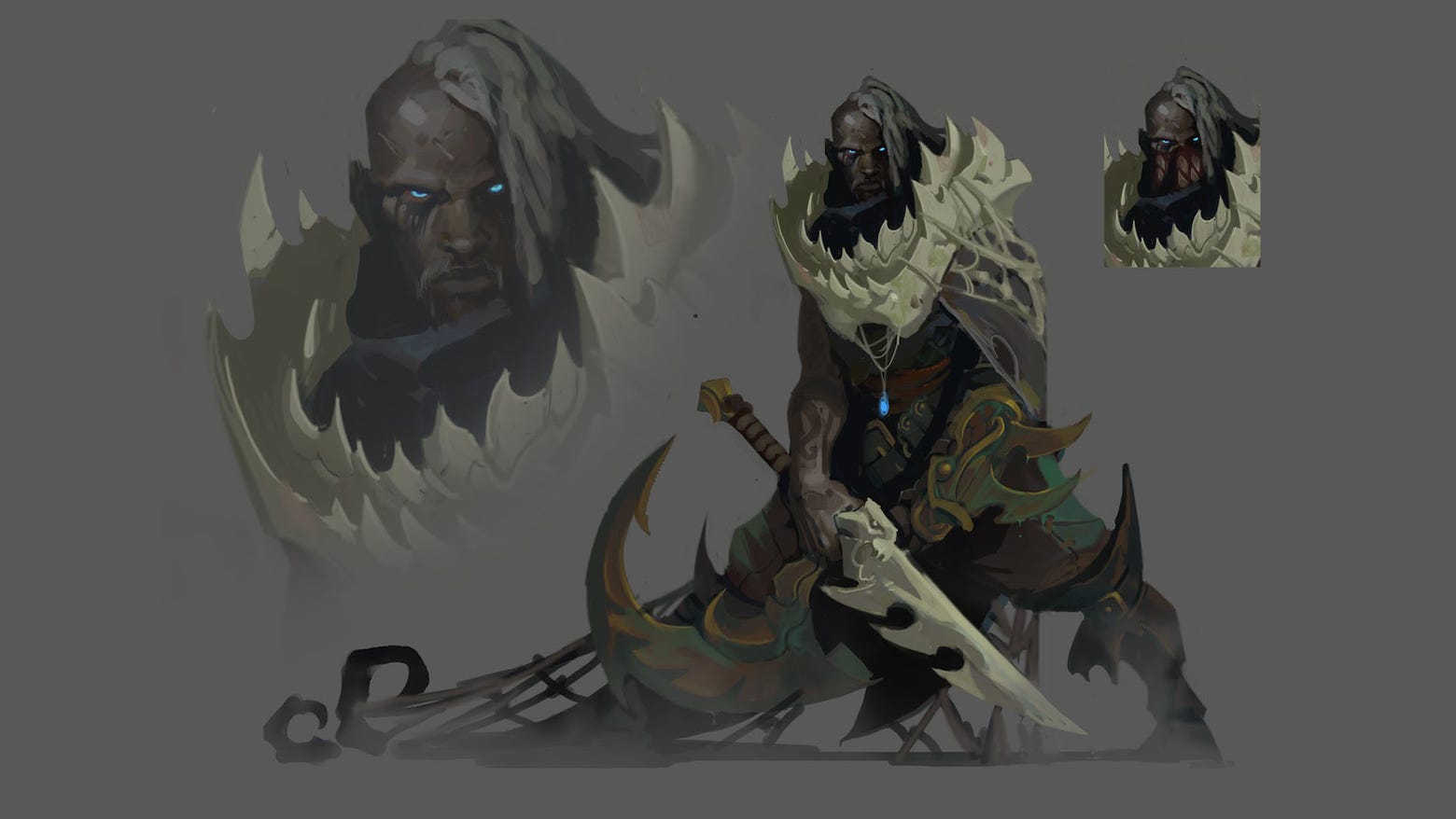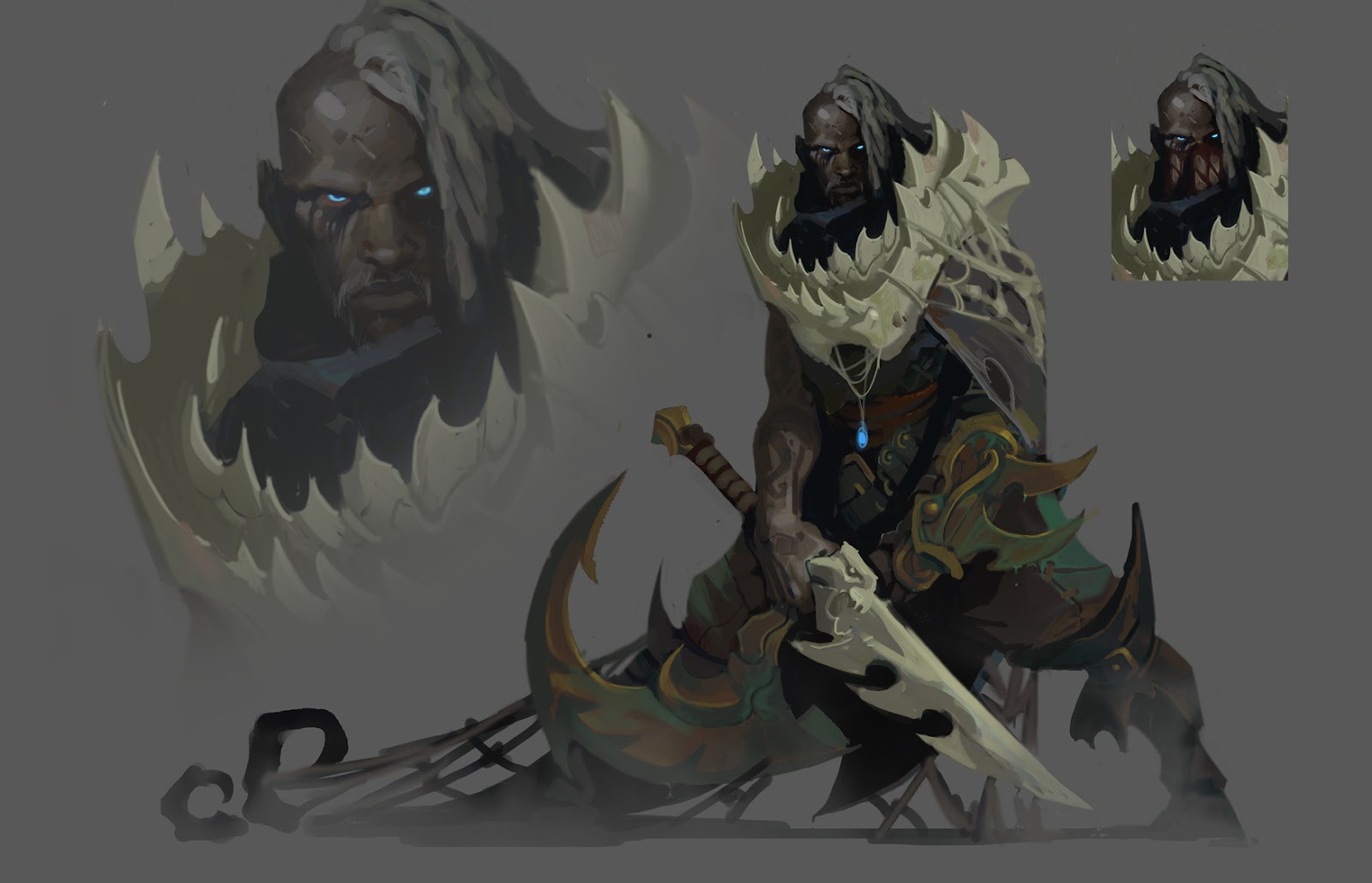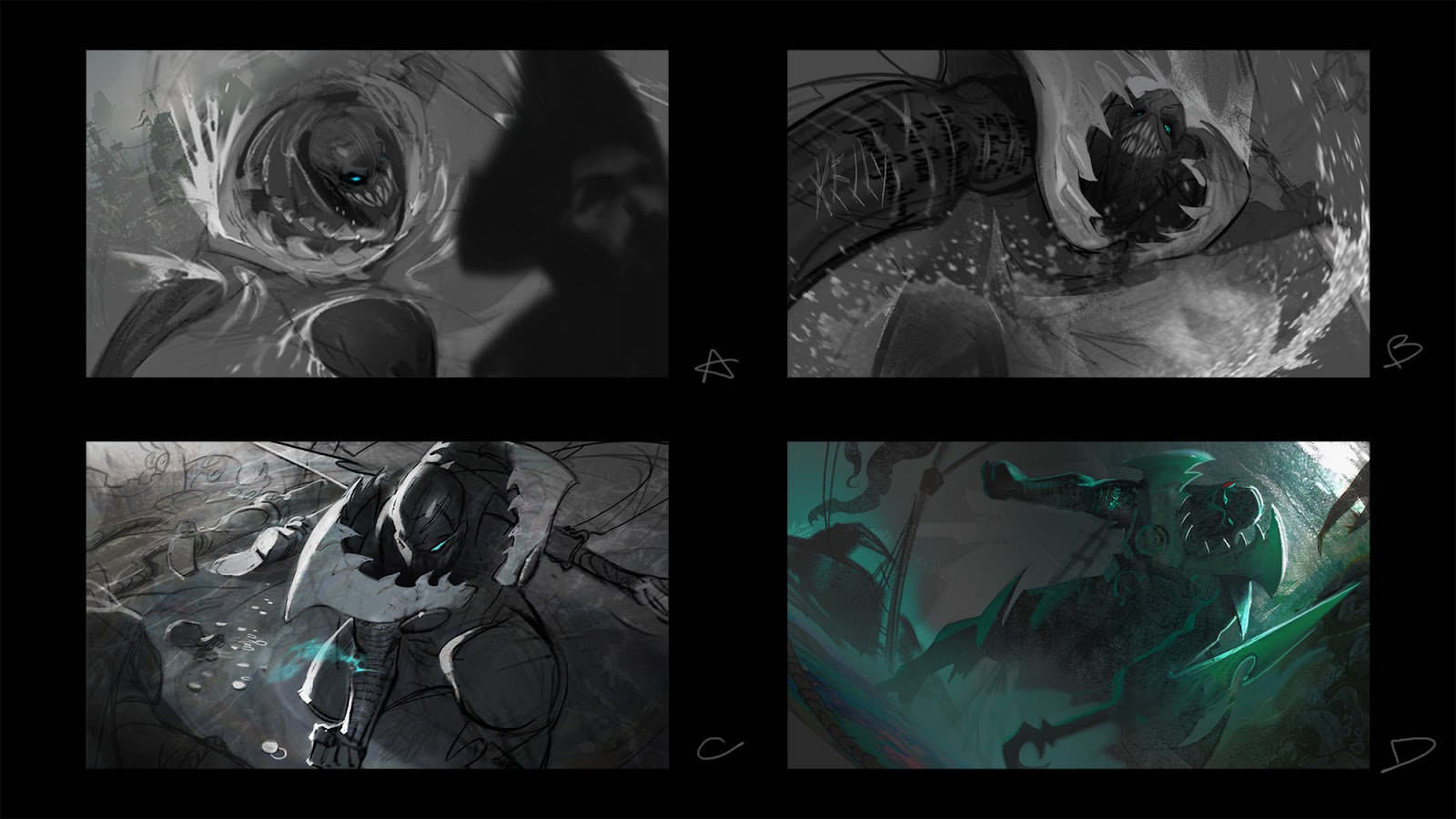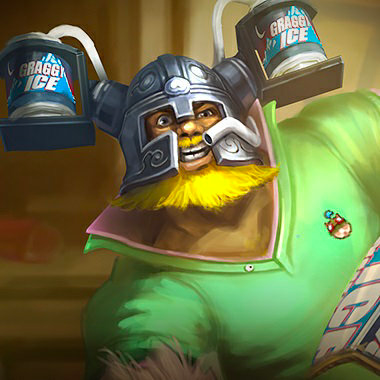“Thalassophobia: The persistent and intense fear of deep bodies of water.”
If you don’t have a healthy fear of the ocean, well, you probably should. But don’t fear the possibility of drowning or the weight of the pounding waves. Fear what lurks below the depths. Fear Pyke.
When Pyke began hunting his prey in bot lane back in 2018, his core gameplay design was a shock to many. League had never seen an aggressive, high-skill-cap assassin who was designed to be played… as a support?
Now, nearly 5 years since his release, it’s time for a deep dive (yea, pun intended) into the development of the support that changed bot lane forever—Pyke, the Bloodharbor Ripper.
The ‘Why’ Behind the Assassin
“People thought I was crazy when I first pitched the opportunity space to the DNA (Design, Narrative, Art) room,” recalls lead producer Ryan “Reav3” Mireles. “Everyone thought an assassin support was impossible. It was kind of a spit-out-the-coffee type moment.”
In a role that ideally exists to help the ADC secure kills and stay alive, a bloodthirsty, undead, shark of a man doesn’t seem to make much sense. But from a strategic standpoint, an assassin support champ made all the sense in the world.
First, a little context. Before Pyke was released, League was going through a queue crisis. Support was the least popular role in the game and it was seriously affecting matchmaking all across the board.
“It was actually a huge problem,” says game designer Jonathan “EndlessPillows” Fuller. “Autofill protection actually became a thing around this time because we were forcing so many people into support who didn’t want to play it.”
Teams from all across League were looking at how they could help. The Systems team started work on support quest items, but the Champions team hadn’t yet been tasked to solve the problem.
“At the time, the Champions team wasn’t sure what they could do to help,” Reav3 explains. “But I looked at the problem and thought, ‘hmm, people are really attached to champions in League. Sometimes players will even switch roles if they’re excited enough about a specific champion.’ And I wondered if we could increase the queue for support just through a champion release.”
But what could make a champ appealing enough to entice players away from other roles and get them to start queuing as support? To help answer that question, the team took a hard look at the existing champion roster and paid special attention to support.
“When we looked at the themes of the existing support champions in the game, we saw that there weren’t a lot of dark or evil thematics,” Reav3 says. “Most support champs were on the bright, colorful, happy side of things. Even if they were a little more evil like Zyra, they were still typically bright and colorful… except for Thresh.”
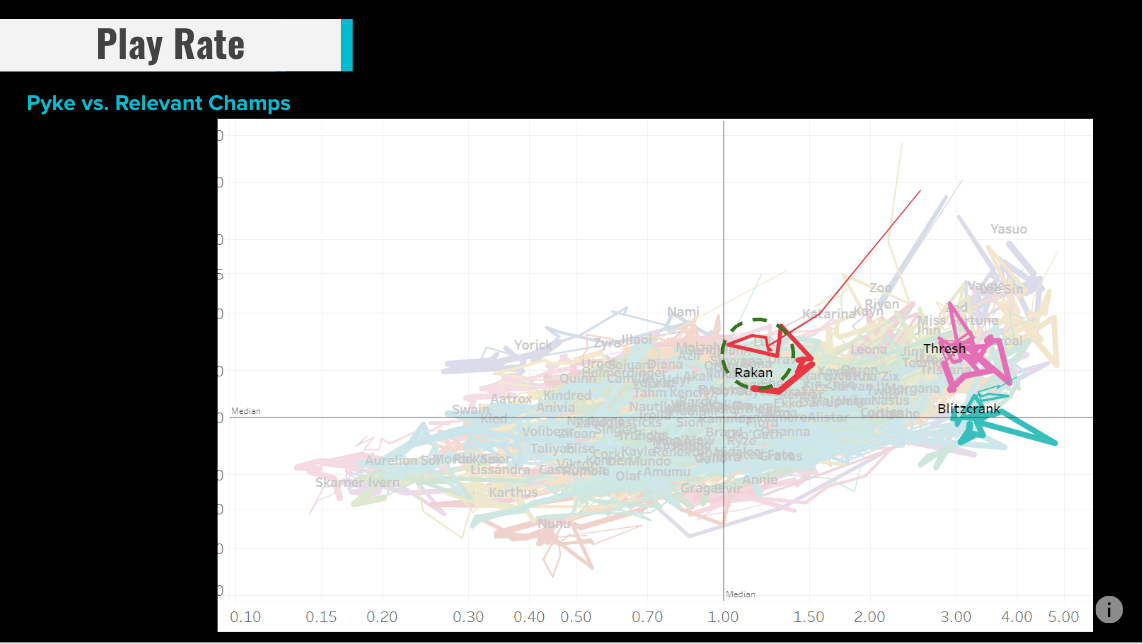
Not all support champions exist solely to heal or aid the living. Some exist to trap souls in a lantern so they can torment them for eternity. Thresh was the dark, edgy, evil character that the team used as philosophical inspiration for their new support.
“We looked at Thresh and saw that he actually did increase queue for support when he came out,” Reav3 shares. “He was a support that appealed to fighter players specifically. While he is tanky, he had a lot of mechanics that made him a natural fit for players who like to main fighters.”
But when the Champions team sets out to create something new, their mission is to push gameplay fantasy into a fresh direction. This new support couldn’t just be another bruisery tank support like Thresh. It needed to have a twist. And it needed to be popular enough to increase support play.
And one thing is for sure, nothing is more popular in League of Legends than an assassin.
More Than a Drowned Man
While the gameplay hook might make sense, an assassin doesn’t really fit the typical look and feel for support champs. Why is he using his hunting prowess to help his team? Who exactly is Pyke?

If you’ve read his lore, you’ll know that Pyke was once a fisherman. But he wasn’t just your average rod-and-reel-sippin’-beer kind of angler. He was a bit of a maniac. Pyke specialized in fishing for monster fish. And to catch these monsters, he would launch himself off a boat onto the fish and sink harpoons and tow hooks into its flesh. You know, chill shit.
“He was basically a jaull fisher, a blue-collar guy, dockworker-type who would go out on these boats,” Reav3 says. “Like somebody on Deadliest Catch with an extremely dangerous job, except way deadlier because it’s Bilgewater. He also got paid a lot. But not as much as the captains running these fishing companies.”
Workplace safety and good working conditions weren’t exactly priorities when Pyke was fishing. The only thing that mattered to these captains was hauling in a fish and bringing back a paycheck. And Pyke was more than happy to oblige. Until one day when Pyke and his crew were out hunting jaull-fish.
In case you’re not well-versed on the deep-sea ecosystems of Runeterra, jaull-fish are massive creatures known for the valuable sapphilite sacs that grow in their mouths. Sapphilite is a glowing blue substance that’s used to create different kinds of magical distillations.
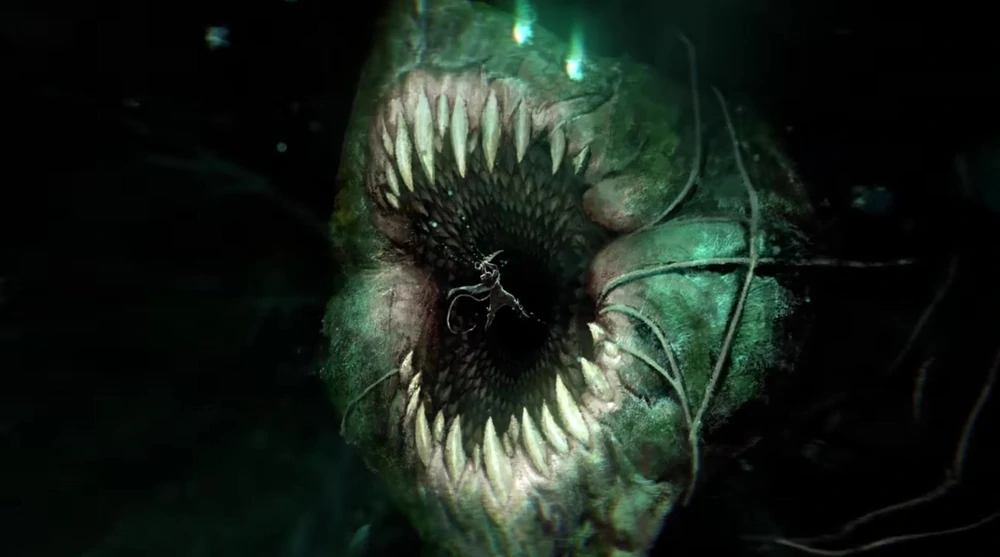
Pyke was one of the few fishermen brazen enough to try and harvest that sapphilite from a live jaull-fish. But this particular jaull-fish would be no ordinary hunt for Pyke. This one would swallow him whole. And his crew would cut his safety line and leave him in the belly of the beast rather than attempt a rescue and risk their own lives.
It’s unclear exactly how Pyke survived being swallowed by a jaull-fish, or moreover, if he survived. Because when he emerged, Pyke was no longer a man. He was an apex predator—a phantom who stalked his prey from stealth. A ghost with a grudge. And a list.
At the top of his list? The captain and crew of the ship who left him to die. And after that? Well, let’s just say Pyke’s list always has fresh ink.
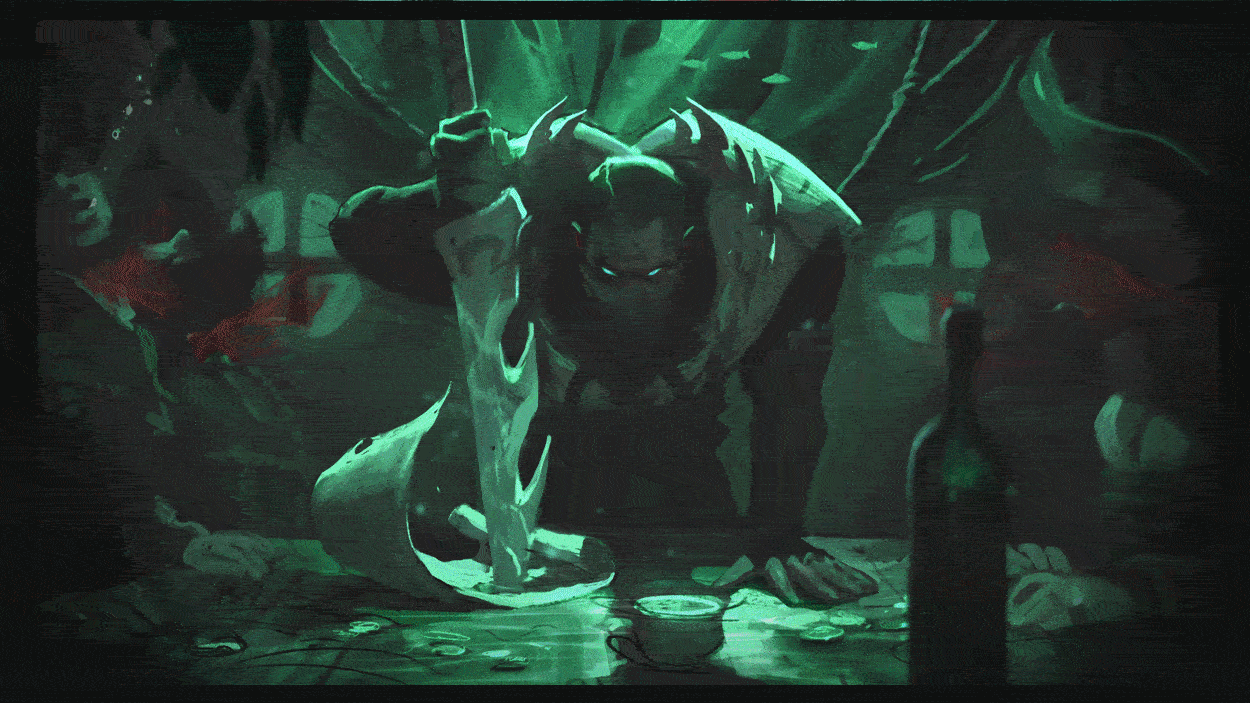
“Pyke’s original writer, Matthew Dunn, was really interested in the idea of Pyke going on this revenge rampage that causes him to lose more and more of his humanity,” says Conor “fizzNchips” Sheehy, narrative writer for Pyke’s expanded lore in Legends of Runeterra. “The reasoning for people appearing on his list became more and more tenuous. The list became a reflection of who he’d become rather than the wrongs that had been done against him. It became a reflection of his murderous nature.”
But what should a murderous, may-or-may-not-be-dead-himself, monster fisher look like?
“If we stuck too closely to his drowned man identity, it would be hard to not make him appear as some kind of zombie with green skin,” explains art director Larry “TheBravoRay” Ray. “Plus, dead typically represents a lack of agility and speed. So we had to figure out what we were trying to say visually without context. I think there were a lot of challenges with that.”
It wasn’t until character artist Victor Maury took a pass at creating the detailed paintover illustration (above) that the team began to have confidence in the visual direction Pyke was headed. But there were still a few final details that needed ironing out.
“Another big topic of discussion was Pyke’s hair,” TheBravoRay adds. “We had him bald, we had him with cornrows, with dreadlocks, stuff like that. So we partnered with one of our engineers, Joshua Parker, and Riot Noir (Author’s Note: Riot Noir is a Riot Identity Group that brings Black Rioters together across the company) to explore some of these ideas. We knew that just because we had a target identity for Pyke, that didn’t mean we had to embrace stereotypical hairstyles.”

As Pyke began to resemble the all-around badassery that is his character fantasy, the team knew he needed abilities lethal enough to match his murderous nature. So they got to work on giving Pyke a kit that would empower him to transform enemy champions into chum.
Death by Design
“Early on, we tossed around a lot of gameplay fantasies to help make support more appealing,” EndlessPillows says. “There were quite a few ideas that we loved, but we ended up getting really excited and passionate about a concept that we originally called thief support. And one of the first things we knew he needed was stealth.”

Stealth was a mechanic that hadn’t seen much play in bot lane at the time. So the team took that idea and ran with it for Pyke’s W, Ghostwater Dive, which they used to help him create openings for other—deadlier—abilities.
“It basically came down to the fact that players just need a moment to feel like an assassin,” EndlessPillows adds. “If there is some point in the kit where they get to nearly guarantee a kill on somebody, it would meet that goal. And that’s kind of how we thought about Pyke’s ultimate. It helped satisfy the bloodlust of players who didn’t want to play support.”
Pyke’s ult, Death From Below, quickly became a focal point in his kit and helped round out his assassin gameplay fantasy. At first, the ult didn’t have a reset on kill, but the team knew a true assassin should be able to secure more than one kill in a teamfight.
So the rest of his kit was centered around the fact that Pyke would treat the enemy team like giant fish at sea—springing himself from target to target and fileting executing them one by one. And he’d use some fitting tools to help.
“Pyke’s original concept artist, Chris Campbell, had the idea to give Pyke this crazy fish hook thing. And at the time, he didn’t have a hook mechanic in his kit. We thought it looked awesome, but we also thought it would make players assume that Pyke would just hook people towards him. So we iterated away from that and eventually landed on his harpoon. And then we ended up using the harpoon for a kind of hook mechanic anyway,” EndlessPillows chuckles.
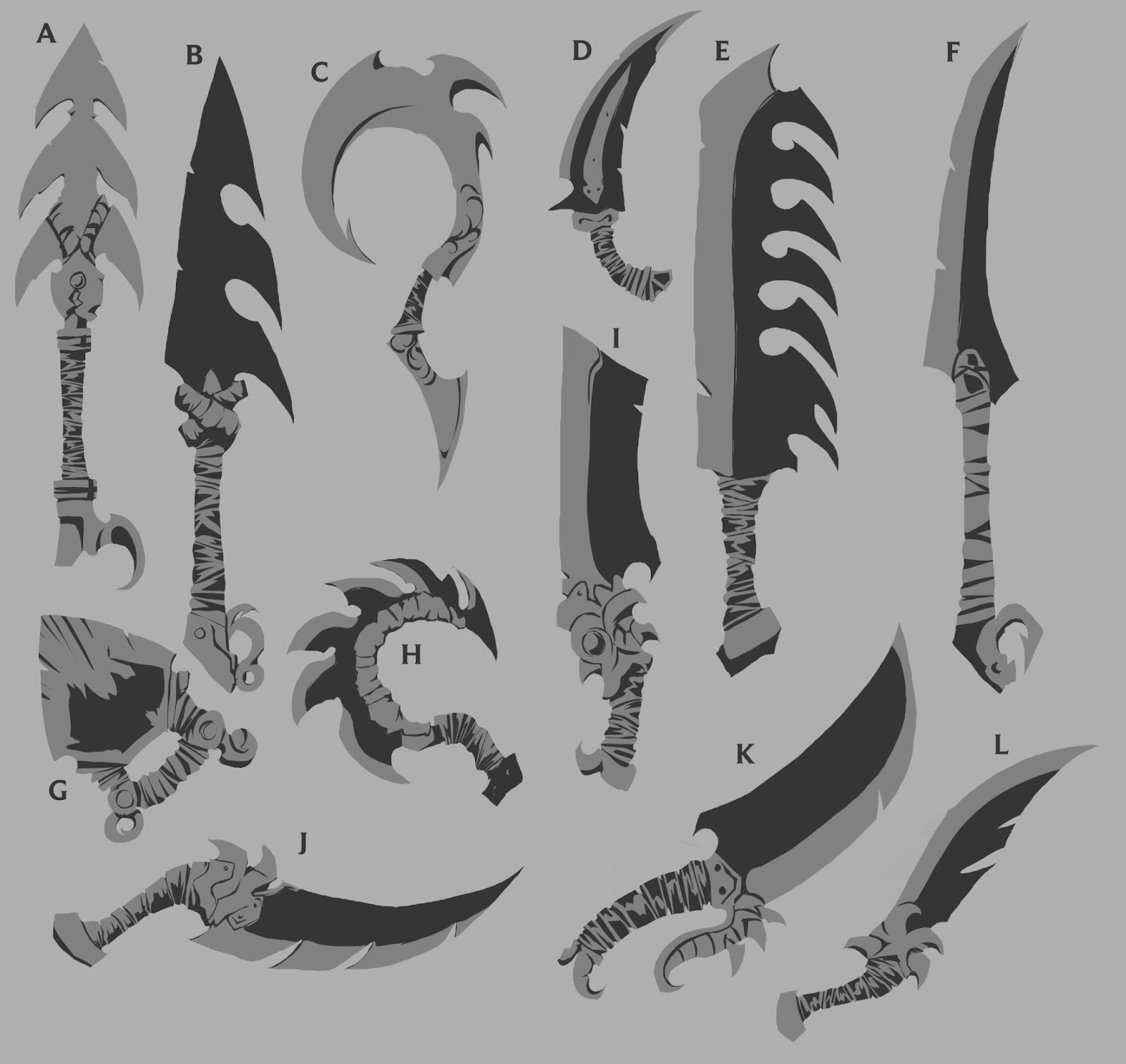
Earlier versions of Pyke’s Q not only pulled units to him, but it also rooted them in place afterwards. In early playtests the team realized if Pyke was going to have stealth, a dash with an AOE stun, and an ult that could chain kills together, giving Pyke an instant grab, Blitzcrank-style (fish)hook would make him much too strong.

So the design team needed to come up with a way to help Pyke live up to his murderous fisherman fantasy without making his opponents in lane too salty. Pyke’s Q needed to be less of an instant win button and more of a source for skill expression.
“We found this great mechanic where Pyke could charge up his harpoon like a Vi Q and it’s always a fixed distance instead of pulling directly to himself,” EndlessPillow explains. “Having it go a fixed distance made it less of a death sentence compared to a Blitz hook, but it also let you do cool things in melee range like flip people behind you or even over a wall if you were up against it.”
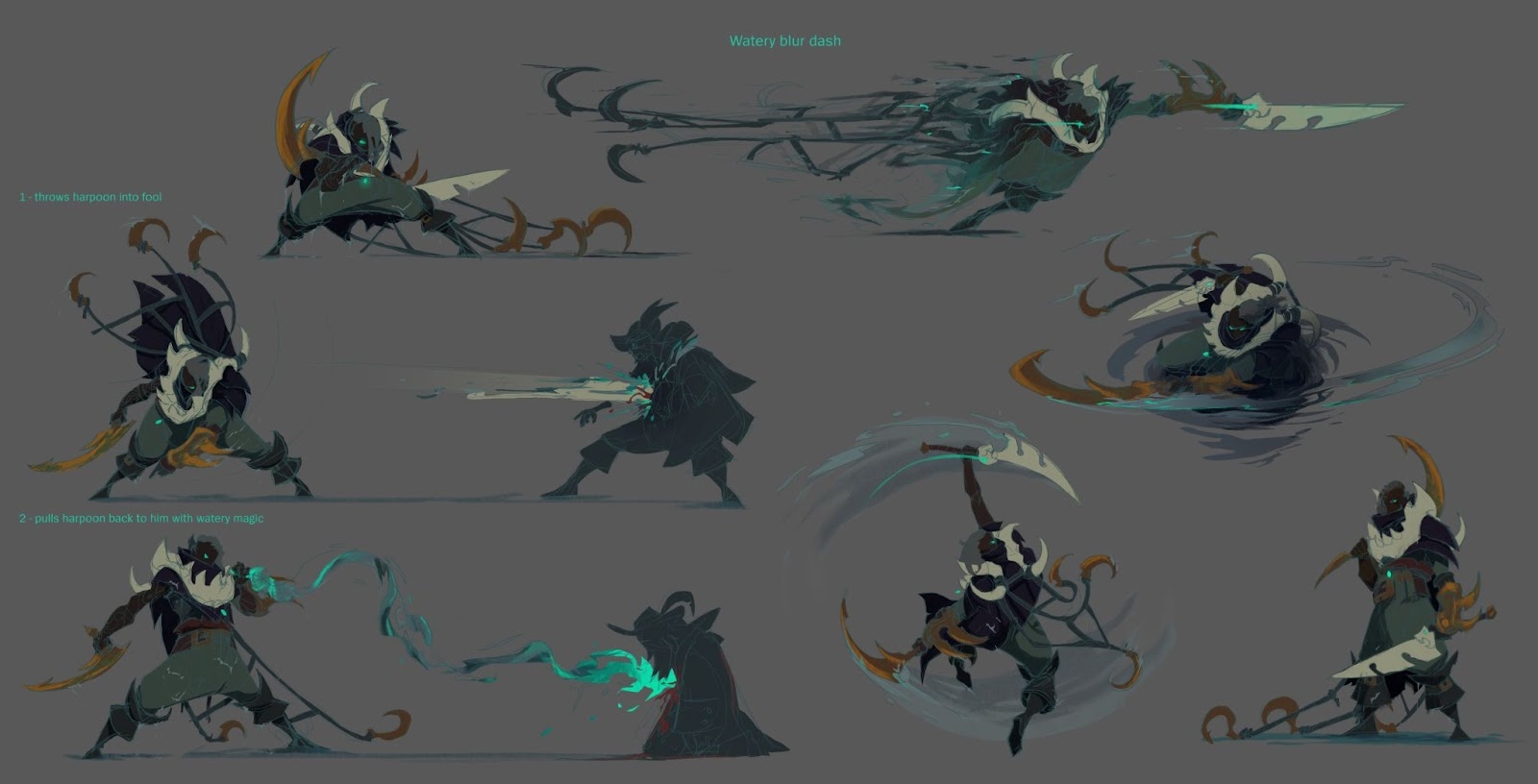
So if Pyke can basically set up his own kills and also execute them, there was still a big question to be answered: Uhh, how is this a support champ again?
“We were really nervous about adding a support character that could easily kill players. This was before things like Brand support and the carry support meta,” EndlessPillows recalls. “We were also worried about the social aspect of it. What is your ADC going to think when you’re literally in there trying to steal kills?”
Besides just having a sweet K/D/A to brag about, getting kills also means players are able to make more of the shiny stuff. Gold. So if Pyke was meant to go on murderous rampages, the team knew they’d have to find a way for the ADC to get paid.
“That’s where Pyke’s gold-sharing stuff came from as a social release valve of sorts,” EndlessPillows explains. “Whatever resources you would have got from that kill, you’ll get anyway. Pyke got a triple kill, but Vayne feels fine because she has 600g in her bag as well.”
The Sound of Submersion
If you’ve played against Pyke, you know there’s no scarier moment than when he disappears in front of you and you hear the blood-curdling sound alert that signals you’re within his ult’s execute range. Uh oh…
That “uh oh” moment is something the sound team took very seriously when creating Pyke’s audio suite. And for many players, Pyke’s sound effects are among the most iconic in all of League.
“In the early stages of a project, we typically partner with design, narrative, and art to discuss how we can make the experience really shine,” explains manager of sound design, Brandon “Riot Sound Bear” Reader. “It’s an intimate exploration and something that’s really unique to what we do.”
Once the team has a clear heading, they begin collecting and capturing a whole catalog of sounds that they think will fit the character. In the case of Pyke, they spent hours capturing sounds in a pool and manipulating the sound of an instrument aptly named, the waterphone.
Bryan Higa and the sound team showing how they captured some of Pyke’s audio.
“Once we have all the sounds we want, we create our own narrative experience through audio,” Riot Sound Bear adds. “Pyke’s sound designer, Bryan Higa, built this sonic story of a person who was getting drunk at a tavern. He was walking out of this tavern onto a pier, onto the docks. And as he’s walking, he sees something in the water. Then all of a sudden a person leaps from the water, attacks the drunk guy, and pulls him back into the depths, submerging him.”
That feeling of being quickly pulled under is what the team focused on for Pyke. They aimed to build tension and fear for everyone near Pyke’s end of the pool.
“You know when he’s getting close to you. It’s supposed to feel scary,” Riot Sound Bear smirks. “It’s a horrific feeling that somebody is going to come out and get you. It’s the feeling of being submerged in surround sound.”
